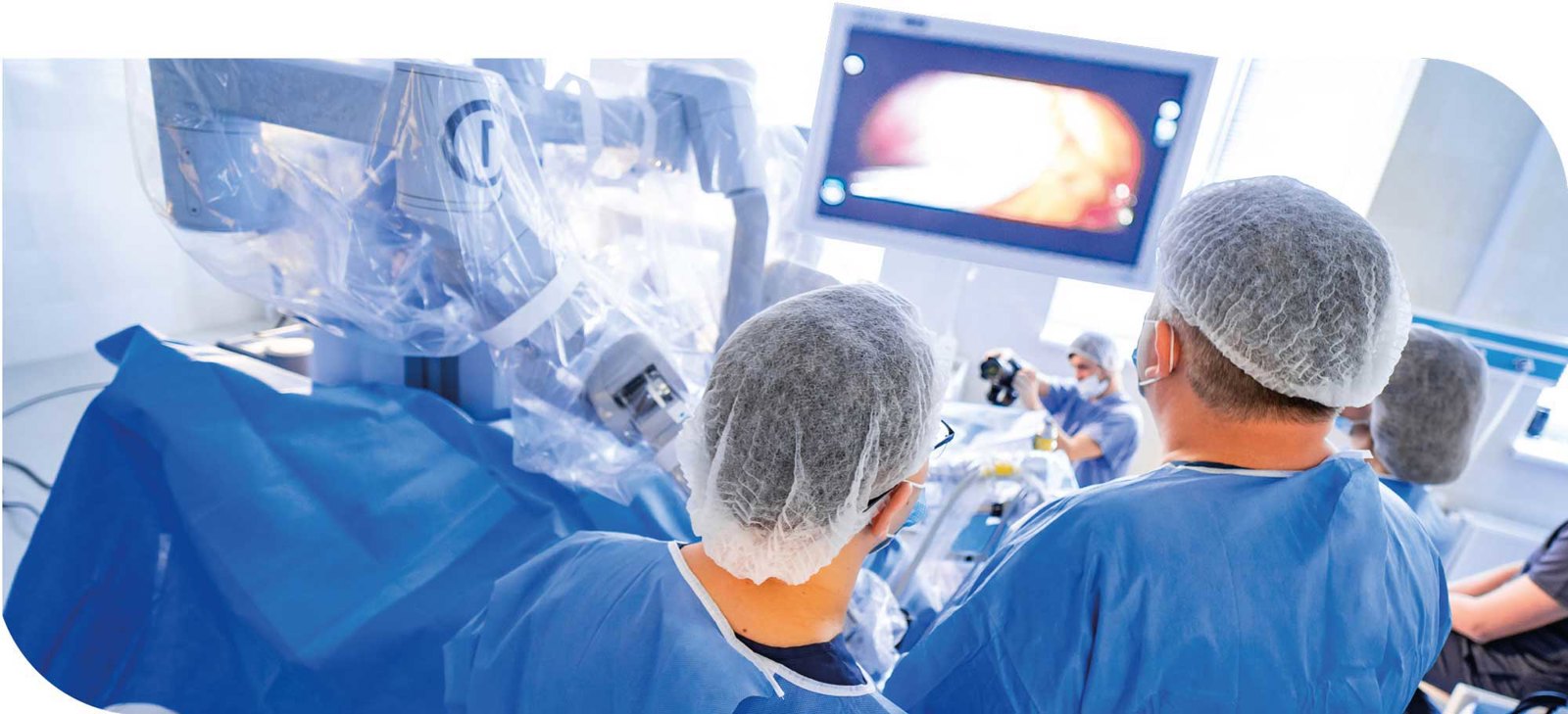BUSINESS AREA
Medtech
Companies in the Medtech business area provide medical device products within the medtech market and assistive equipment within Homecare.

Net sales within Medtech increased by 2 percent to SEK 1,524m (1,494) during the quarter. Growth, excluding currency effects, amounted to 5 percent, of which organic growth was 4 percent and acquired growth was 1 percent. Exchange rate changes had a negative impact on net sales by 3 percent. EBITA increased by 16 percent to SEK 177m (153), corresponding to an EBITA margin of 11.6 percent (10.3). Exchange rate changes had a negative impact on EBITA, corresponding to SEK -6m. EBITA for the previous year was positively affected by a remeasured contingent consideration and restructuring costs related to Camanio of total SEK 7m. Adjusted for this, EBITA increased by 11 percent and the EBITA margin in the previous year was 10.7 percent.
Dynamisk graf: Net sales Quarter
Medtech’s net sales in the interim period amounted to SEK 4,832m (4,817). Organic growth amounted to 2 percent and acquired growth amounted to 1 percent. Exchange rate changes had a negative impact on net sales by 3 percent. EBITA increased by 10 percent to SEK 607m (551), corresponding to an EBITA margin of 12.6 percent (11.4).
Dynamisk graf: Net sales January – September
Customer demand within Medtech is typically weaker during the third quarter, as fewer planned surgical procedures are performed during the summer months. However, currency-adjusted organic growth was good during the third quarter this year. In the UK, development remained weak, primarily due to continued caution regarding capital investments. The ambition to reduce patient waiting lists has resulted in less complex surgeries being prioritized at the expense of more advanced procedures. This trend is expected to reverse over time.
The larger companies within Medtech generally performed well during the quarter. These companies have a high proportion of advanced products and a very strong service offering. They have the capacity to introduce advanced products to the market, which is a complex activity requiring qualified resources.
A project to categorize the products within Medtech was carried out during the quarter, confirming the strength of AddLife’s companies in terms of advanced products. 70 percent of sales are advanced specialist devices and equipment, while 30 percent are medical supplies.
The advanced products require qualified support but have high margins. Volume products have lower margins, but in this category, AddLife has a high proportion of proprietary products, which makes the margins more attractive. This product mix gives the companies within AddLife a unique competitive advantage and strength.
Robotic surgery is a prioritized area that is expected to enable healthcare to treat more patients with existing staff, as well as deliver better clinical outcomes. Efforts to introduce this product category have made progress during the quarter.
The outlook within welfare technology is positive, and deliveries under an important tender in Sweden have begun.
Dynamisk graf: Net sales (SEKm)
|
Dynamisk graf: Net sales per market 2025
|
Dynamisk graf: EBITA (SEKm)
|
Dynamisk graf: EBITA margin (%)
|
Latest updated: 10/22/2025 5:08:50 PM by jamilah.wass@add.life
